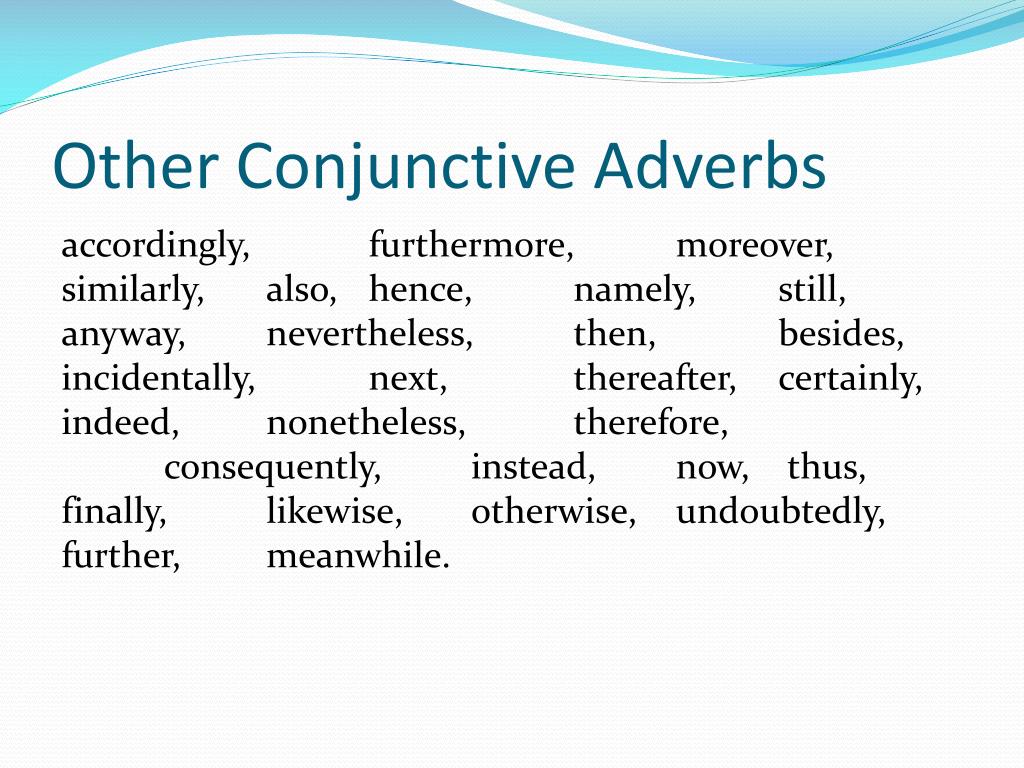
This means sometimes no punctuation is required before quotation marks. For other scenarios, punctuate according to the grammar of the sentence, as though the quotation marks were not there.Incorrect: Although some people believe tasks are easier for individuals with high self-control, the research has indicated as follows, “Participants actually working on the task found it equally difficult and draining, regardless of their own self-control” (Koval et al., 2015, p.Correct: Although some people believe tasks are easier for individuals with high self-control, the research has indicated as follows: “Participants actually working on the task found it equally difficult and draining, regardless of their own self-control” (Koval et al., 2015, p.
#Namely punctuation full#
Start the quotation that follows with a capital letter if the quotation itself is a full sentence start the quotation with a lowercase letter if it is a sentence fragment. To present a quotation after a complete sentence (e.g., those ending in thus or as follows), put a colon after the introductory sentence and before the quotation marks.Incorrect: Koval, vanDellen, Fitzsimons, and Ranby (2015) stated “Although many factors likely predict who is asked to do what (e.g., collegiality cooking skills), the current research suggests that one robust predictor of being relied on is being high in self-control” (p.Correct: Koval, vanDellen, Fitzsimons, and Ranby (2015) stated, “Although many factors likely predict who is asked to do what (e.g., collegiality cooking skills), the current research suggests that one robust predictor of being relied on is being high in self-control” (p.

To identify the speaker of a quotation before the quotation appears, put a comma after the speaking-related verb ( said, replied, stated, wrote, etc.).
#Namely punctuation how to#
We have previously addressed how to use single and double quotation marks to enclose a quotation, and today we expand upon that topic to address how to use punctuation before a quotation.
#Namely punctuation series#
Punctuation Junction: A series about what happens when punctuation marks collide. This is to prevent the impression that the period is part of the DOI or URL (which would then prevent it from working).ĭo you have other reference-punctuation questions? Leave them as a comment below. One case where you should never add a period is after a DOI or URL. What is a personality disorder ? Journal of Personality Disorders, 30, 289–306. When the title of a work ends with a punctuation mark, such as a question mark or exclamation point, this punctuation mark takes the place of the period that would otherwise be added at the end of the title. Animal study shows sleeping brain behaves as if it's remembering: #sleep #neuroscience #research.

When a user has a screen name as well as a real name (as with many social media references), put a period after the closing brackets that enclose the screen name (but do not put a period between the real name and the screen name). American Journal of Preventive Medicine, 49, 796–799. Clinical decision support systems recommended to prevent cardiovascular disease. When the author of a work is a group, add a period after the group name to end the author portion of the reference.Ĭommunity Preventive Services Task Force. Read on to learn how to handle reference punctuation in those cases.

Some cases can cause some confusion, however, such as group authors, screen names, and titles ending in punctuation such as question marks. This example of a book reference shows the pattern (the periods are highlighted to help you see them):Īuthor, A. APA Style references have four parts: author, date, title, and source, and these parts are separated by periods.


 0 kommentar(er)
0 kommentar(er)
